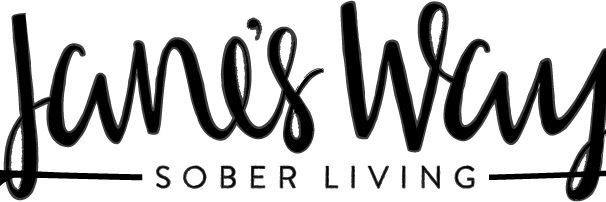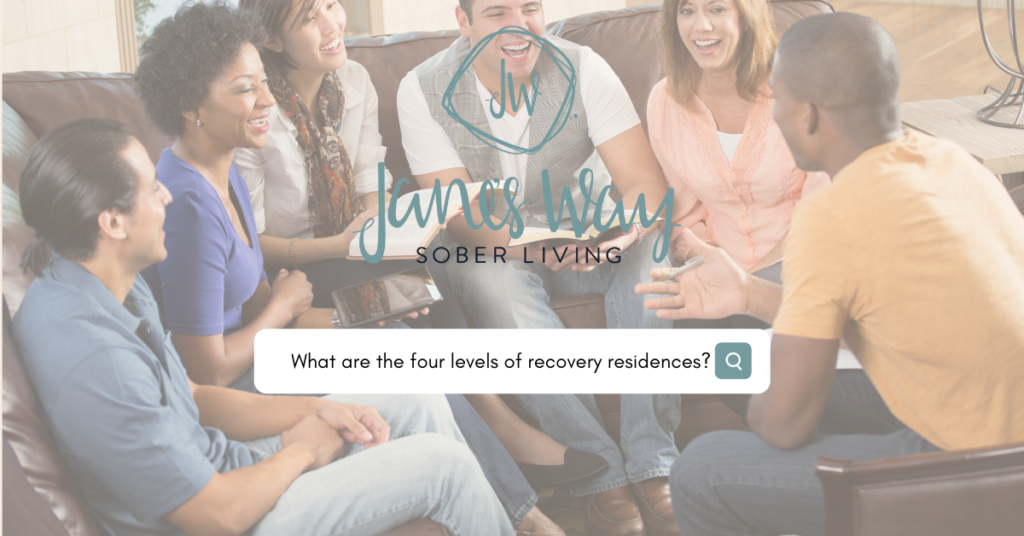Levels of Recovery Residences
The NARR (National Alliance of Recovery Residences) divides recovery residences into 4 different categories, or “levels.” The levels define how intensive the program is as well as what level of care is being provided. Level 1sober homes have essentially no recovery-oriented structure (apart from requiring members to attend meetings of some kind), whereas Level 4 homes are referred to as “Therapeutic Communities” and have many similarities to residential inpatient addiction treatment. In-house counseling and, in rare cases, medical services are available in these higher level communities. While there are some key distinctions between the levels (described below), their overall goal is the same: to offer a drug-free environment where people may continue their recovery while receiving peer support. They also have the following characteristics in common.
- Peer Support: One of the most impactful benefits of sober living is that it provides the opportunity to bond with others who are also in recovery and support one another in sobriety.
- Alcohol-Free & Drug-Free Environments: Many individuals who have completed drug and alcohol treatment have little choice but to return to living situations where drug or alcohol abuse is prevalent and these substances are easily available. Recovery residences provide a safe environment where drugs and alcohol are not present or permitted.
- Full-Time Residential: Residents at all levels of sober homes must live there full-time. While some may allow a day or two out every now and then, the most need a complete commitment to live at home. In most families, each room has two or more beds, and all living rooms are shared.
- Shared Cost: The primary concept of recovery communities is that each resident contributes a percentage of the rent, utilities, and other costs. While most RRs are self-sustaining, some, particularly level 3 and 4 residences, do receive federal or state money to help defray costs. Many RRs demand inhabitants to work or be actively seeking employment.
- House Rules: Each sober house has its own set of guidelines for who may live there and what occupants are expected to do. Regular tasks, random drug and alcohol testing, and rigorous regulations governing activities like theft and sexual behavior are all common norms. Many homes also demand residents to attend AA or NA meetings, 12-step alternatives, or counseling sessions on a regular basis.
Level 1 Recovery Residences include Oxford Houses, and other similarly designed communities
The least level of control and services are provided by Level 1 households. The Oxford House model is a nice example of a Level 1 house. Oxford Houses are regulated by a charter and regulations that are established at the beginning, but they are kept to a minimal and decisions are decided democratically. House members, for example, vote on whether or not to let a given person into the house. There is no outside supervisor or manager employed, and each member gets one vote.
Many homes demand members to participate in some form of rehabilitation program, whether it’s a 12-step program or outpatient therapy. However, with the possible exception of a weekly 12-step recovery meeting held in the house, most Level 1 RRs do not provide onsite rehabilitation services.
A Level 1 home’s cost is just the rent, utilities, and other shared expenditures split between the number of occupants. Maintaining participation in the affiliate’s network frequently necessitates the payment of a minor association fee.
Level 2 houses are typically supervised, but don’t offer any recovery services onsite
The fundamental distinction between Level 2 and Level 1 residences is the manner in which they are regulated. A supervisor is usually chosen, and he or she is in charge of ensuring that residents follow the regulations and resolving any community concerns.
While Level 2 facilities do not provide recovery services on site, maintaining participation in a recovery group or adhering to an aftercare plan with a counselor is typically a rigorous requirement. In addition, sobriety test requirements are frequently implemented. This is in contrast to Level 1 houses, which have more liberal regulations when it comes to drug and alcohol testing.
Aside from each resident’s share of rent, utilities, and shared expenditures, a minor charge for network participation, supervision, and drug testing may be needed, making them significantly more expensive than comparable Level 1 households.
Level 3 homes are professionally managed and offer some recovery services onsite
While Level 3 residences are still classified as “sober living homes,” they do include clinical therapy components. The primary goal is still to ensure a drug-free environment for residents, but the activities are more regimented than those in Level 2 residences. Paid counselors and staff are frequently present to assist patients in designing and implementing aftercare programs. Although most of the treatment takes place outside from the house, certain life skills and support groups may be offered there.
Instead of being self-governing like Level 1 and 2, most Level 3 residences are supervised by hired workers. As a result, in addition to the shared expenditures of living in the home, the cost of Level 3 houses sometimes includes the cost of employing counselors and administrative personnel.
Level 4 houses are actually inpatient addiction treatment facilities
While Level 4 homes are classified as “recovery residences,” they are not really “sober living houses” since they are classified as inpatient therapy rather than aftercare. Therapeutic Communities are the most common name for them (TCs). Residents do not have to go elsewhere for therapy because TCs are an organized, therapeutic setting.
Because they are involved in rehabilitation activities throughout the day, residents in Level 4 homes are frequently unable to work (at least not full-time). Residents are frequently denied the freedom to come and go as they like.
If you’re ready to request residence at one of our sober living locations, or if you just have questions, give us a call at (855) 762-7375 or email us at admissions@soberlivingjw.com

